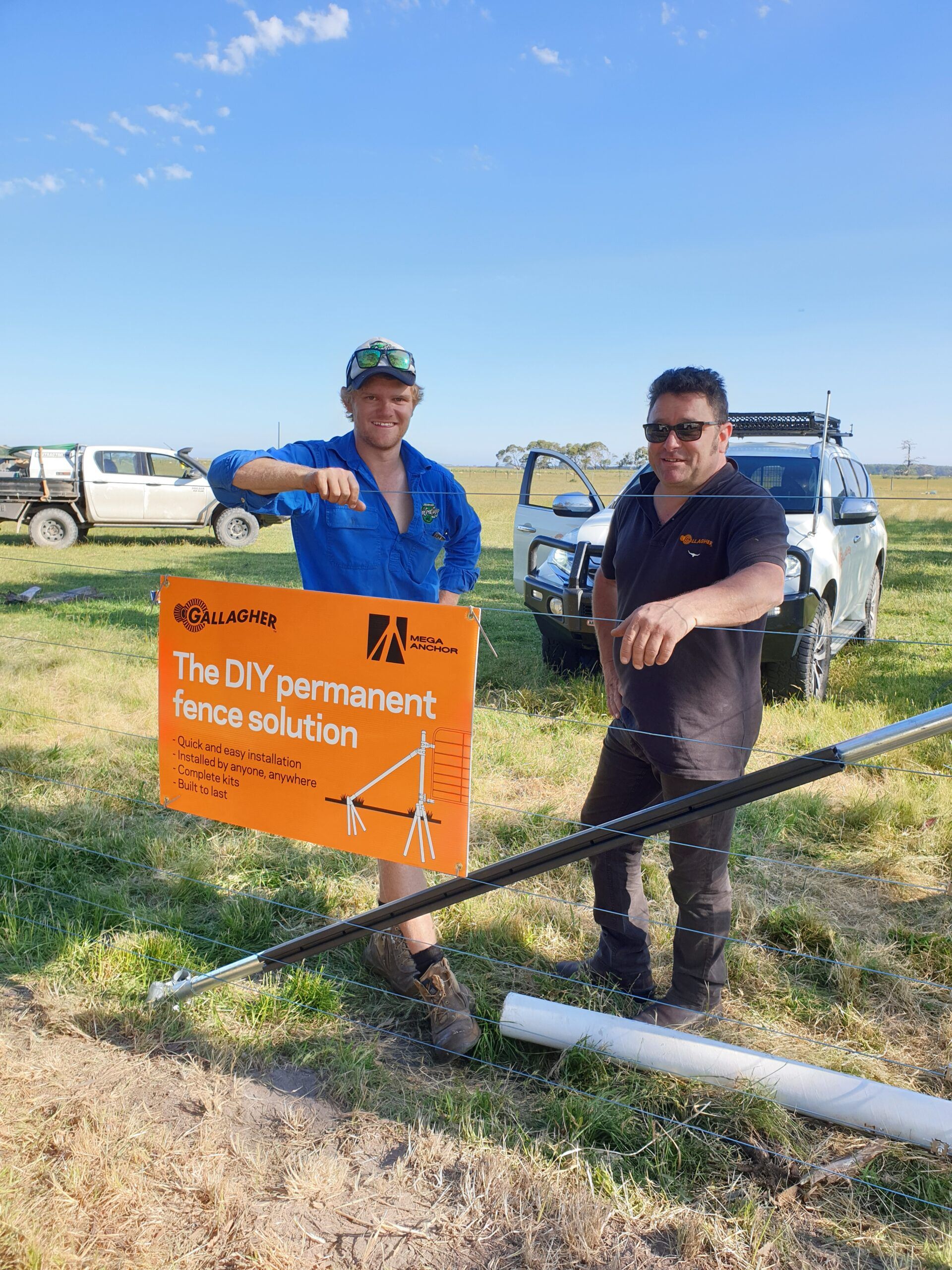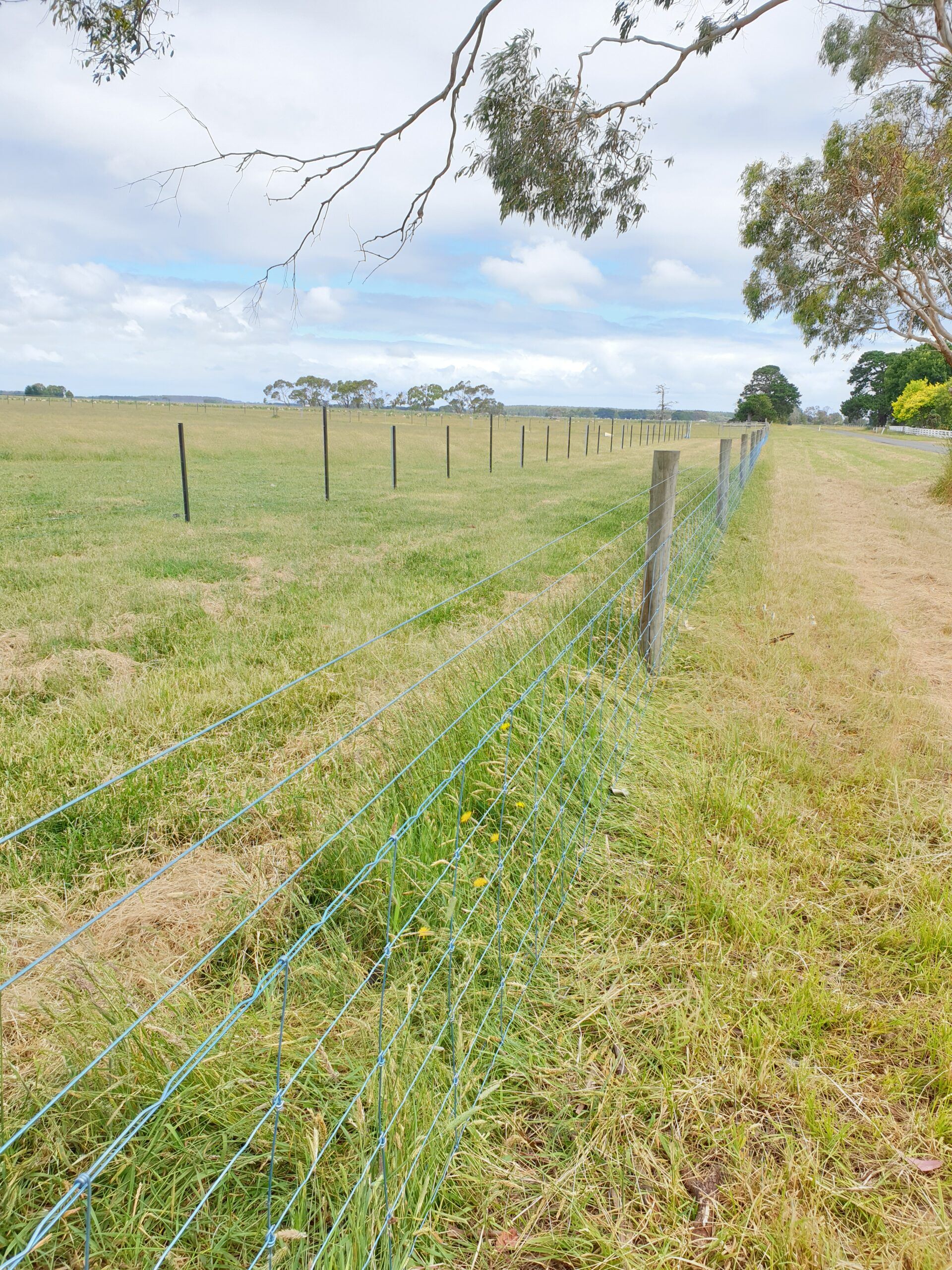Southern Brown Bandicoots are a Threatened Species and the site for this project, a flat 3.4-hectare ewe lambing paddock, contains the last public land population of bandicoots in the local area. Conservation desire to increase bandicoot’s range of habitat on private farms is prevented by a lack of sites where farm production and bandicoots have been proven to benefit together from predator exclusion fencing.
The aim of Basalt to Bay’s project was to use the grant funding and in-kind electric fencing to increase breeding success of Southern Brown Bandicoots in the St Helens area and to build a secure habitat for future releases of individuals from other populations. The broader goal for this project was that the Landcare Network wanted to demonstrate to farmers that they can establish small predator proof paddocks for high value conservation AND farm assets with the same Gallagher electric fencing systems.
The focus paddock was originally part of a reserve until the early 1950s and it has been low intensity managed using organic fertiliser. Stock fencing was present but was continually damaged by kangaroos egressing in and out of the reserve.
The project encompassed fencing a predator proof multi-use farm and conservation paddock. By implementing their project, the Landcare Network wanted to demonstrate to farmers that they could establish small predator proof paddocks for high value conservation and farm assets with the same Gallagher Electric Fencing systems. With the aim of protecting bandicoot populations and increasing high value lambing stud ewes’ protection, they hope to confirm this method as the model for adopting threatened species in a farm context across Australia.
The project site was assessed, and a plan was developed for a predator/macropod exclusion fence, designed with Gallagher Territory Manager Girard Williams and the farmers, David and Susan Rowbottom. The group also consulted with the team at Melbourne Botanic Gardens, who use bandicoot gates in fences.
Project Outcomes
The fence was constructed, using 8-Line Gallagher Westonfence and is powered by a Gallagher S400 Portable Solar Energizer. Now that the fence is up, remote cameras are stationed on it and nearby to record the wildlife response to the change of barrier between the Parks Victoria reserve and the farm – which is the boundary that sees the most wildlife pressure.
The group is also monitoring a bandicoot that has recently taken up residence quite close to the new fence, as it will be able to access the paddock for the first time.
The project’s specific environmental outcomes are:
- Protected stock from foxes (protected species & stock)
- Protected pasture from wildlife grazing (grazing management)
- Protected macropods from fence entanglement & death (improved fencing standards)
- Enabled private land to better protect and accommodate threatened species habitat long term
- Taught local fencers how to use new fencing tech – will lead to less reliance on sheep mesh/barbed wire = greater biodiversity protection & habitat access where appropriate.
- Farmer reduced climate & predator impacts = more $ to invest in Landcare
- Farmer able to advocate to sheep graziers who represent a huge body of land users impacted by predators & lack of shelter for lambs
Conclusion
Lisette Mill, Basalt to Bay Network facilitator said, “The project provides local Landcare with a case study site to evidence to any landholder how to keep pests and unwanted wildlife out of land used for agricultural production and threatened biodiversity.”
View video about this project.
Installing the fencing

Fencing contractor Aaron Seabrook with Girard Williams, Gallagher Territory Manager (right)

New fencing installed